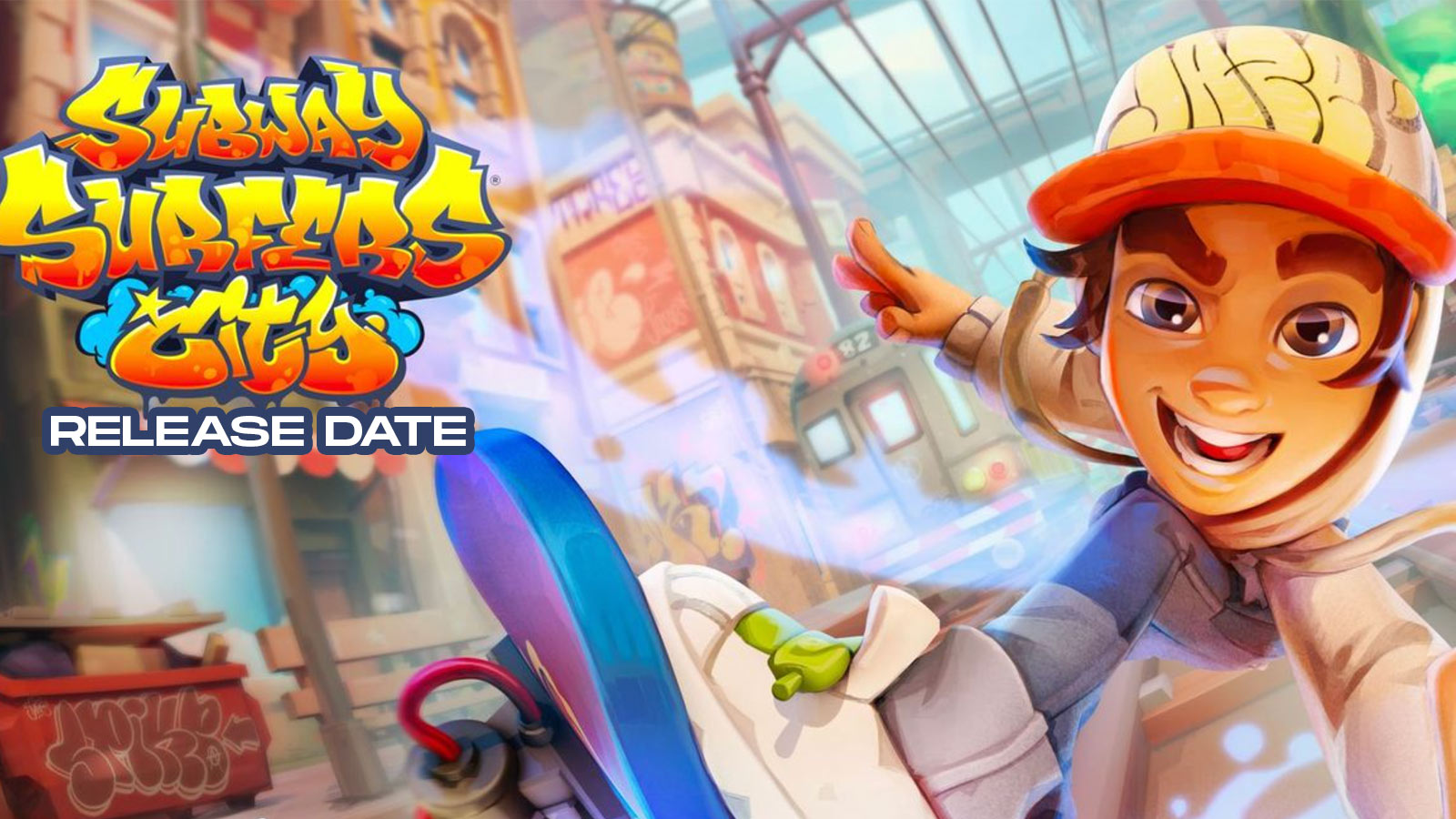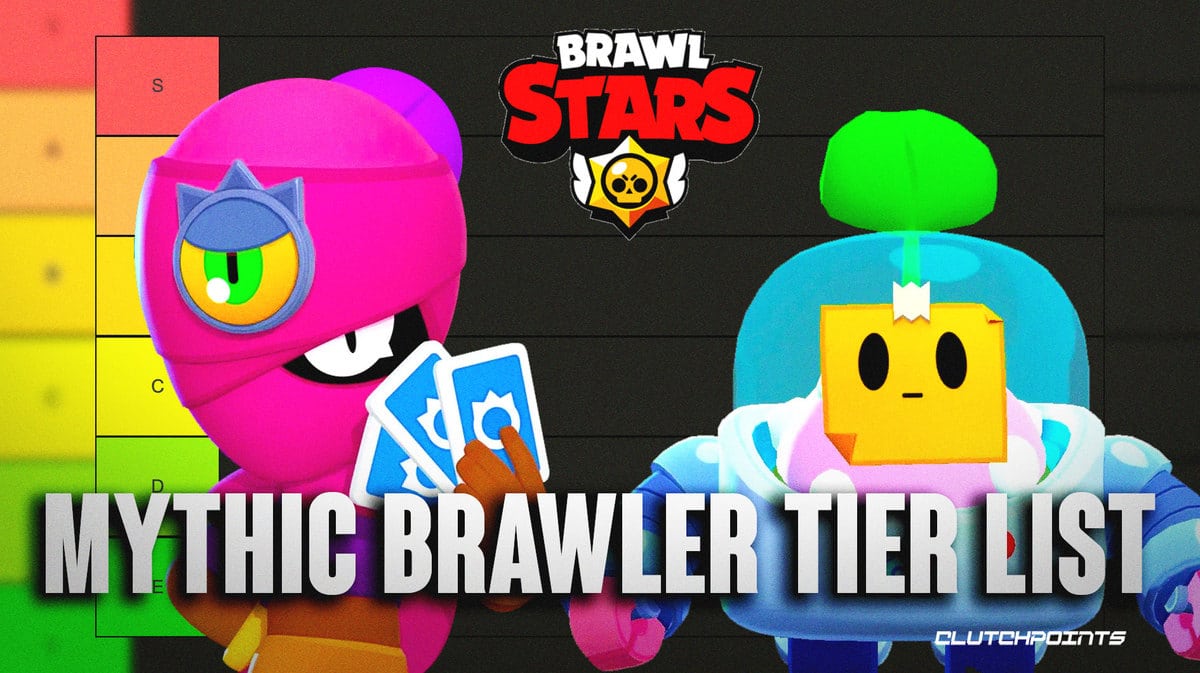What many initially dismissed as a bad Bloodborne clone turns out to be one of the best games of the genre, if not of all time. Lies of P, no thanks to its peculiar subject for its pastiche, didn't win over fans when it was first revealed at Gamescom last year. But gradually critics warmed to the puppet protagonist and felt more peachy towards the game when early builds of the game were made available by the otherwise inexperienced developers at Round8 Studio. It didn't take long for people to pick up that Lies of P, which initially experienced paltry attention, is a game to look out for. In this Lies of P review, we discuss how this preeminent title proved that its developers are true scholars of the Soulslike genre; how Round8 Studio, in just their second title, proved that phenomenal Soulslikes can be developed outside the hallowed halls of FromSoftware offices; and how a classic tale about Pinnochio could work as a piquant element to spice up a Soulslike game.
Lies of P Review: What is Lies of P?
Released on PC through Steam and on PlayStation 4, PlayStation 5, Xbox One, and Xbox Series X on September 19, 2023, and out three days early for those who pre-ordered the game's Deluxe Edition, Lies of P was developed by Round8 Studio and published by Neowiz.
Lies of P is a Soulslike action-adventure game with role-playing elements. Players control the puppet Pinocchio as he tries to save humanity and the City of Krat from a rampaging army of puppets, maddened by a frenzy spell, and from a pernicious petrification disease that turns humans into grotesque beasts. Pinocchio appears to be the only hope of humanity and thus is instructed to eliminate the Puppet King, from whom the puppets seemingly receive their perverse instructions, all the while keeping a group of perturbed human puppet hunters at bay, hunting him the same way they swore to hunt down all puppets that have started attacking humans.
Players progress through different locales, progressing linearly throughout the game's story, beating one boss after another. This is perhaps its biggest departure in terms of game design. As opposed to sprawling locations the size of towns that loop back to each other, Lies of P features a succession of locations that are explored in a straight line. That, by itself, is not a bad thing, but it does take away some of the Soulslike's usual fun in exploration.
Lies of P Gameplay
FromSoftware has already mastered and perfected the recipe for a Soulslike game. While many developers have attempted to add their own twists to this formula, the results are almost always inferior. Lies of P's core gameplay loop, however, is a perfect simulacrum of the spirit of FromSoftware's games. That's not to say that Round8 Studio simply copied Bloodborne or Elden Ring. Instead, it was clear that Round8 Studio understood what made Soulslikes spectacular and was able to properly assess the features they were adding to make sure that they stayed within the original spirit of its inspirations.
That is not to say that all are perfect, but this is as far a game can be as truthful to the inspiration as it could be without being made by FromSoftware itself.
One of these features includes the simple yet deep weapon customization system that the game has. Usually, Soulslikes allow players to wear one weapon for each hand, with each weapon having a special attack attributed to it, giving players access to both. Players also usually have the option to wear a shield on their off-hand. In Lies of P, Pinocchio's weapons have two parts: the blade and the hilt. The blade is primarily the weapon, and the hilt provides defensive bonuses. However, offensive, defensive, and buff skills can be attributed to either the hilt or the blade. Each weapon also has its unique stats and attributes or gimmicks. With 30 weapons in total, the game offers over a hundred different combinations of hilts and blades to choose from.
These weapons need to be maintained with a grindstone as the blades wear and dull as they are used in battle – a ludonarrative win as you'd expect blades to immediately dull when you're using it to fight against metallic puppets. Special grindstones can be found and used to infuse elements into the player's weapons, adding even more depth to the player's weapon options.
A slightly modified gameplay feature in Lies of P is its version of the Estus Flask, in this game called Pulse Cells. Upon consuming the player's last stock of Pulse Cells they are given the chance to charge a Pulse Cell stock by successfully damaging opponents. This allows players to go on a little further than they usually would in other Soulslikes thanks to the effective extension of their health bar, and encourages aggressiveness even at the brink of death – a trait that almost all FromSoftware's Soulslikes want players to have.
Players also have access to the Legion arm – a collection of detachable arms that Pinocchio can wear to battle. Like the blades, the Legion arm can only be used sparingly in battle before it loses all of its durability. The Legion arm offers a completely novel experience in which players can freely choose a special ability to bring to battle. These abilities range from flamethrowing to a quick shock, and even a harpoon line that brings enemies closer. The Legion arms can also be upgraded to unlock more traits and abilities.
A prominent gameplay feature of Soulslikes is the progression system – with a currency that players collect from fallen enemies that they can then use to level up. Lies of P's version of this is the Ergo – the essence that gives life to the puppets. However, Lies of P adds another layer to its progression system by having a progression tree that players can fill every time they beat a boss – the P Organ. Presumably, it's Gepetto's way of modifying Pinocchio's heart using the Quartz he collects from boss enemies, the P Organ equips Pinocchio with positive traits and buffs that make him hardier as players progress.
The game also features collectibles and side quests that add more flavor and world-building to this new IP. While they are not necessary and ultimately does not affect the game's ending, they are still a great way to tell stories about the world that the developers built, and a nice way for players to get more invested into the plot.
All of these packaged in a more user-friendly game with a lot of accessibility – quality of life changes that many would argue wouldn't be appropriate for a Soulslike were added here to make the life of players so much easier. One of these quality-of-life changes includes icons beside the names of fast travel locations appearing to signify that a player can progress a side quest in that location. Or a profile image of one of the NPCs appearing beside Hotel Krat's name to indicate there are new conversations to be had. Players can also collect their lost Ergo outside of boss battle rooms, allowing players to recollect their lost souls and regroup safely before confronting the boss that defeated them again.
Admittedly, these quality of life improvements do take away a lot of the pressure off the player's shoulder. Where the absence of these features was meant to give players a feeling of hopelessness in the Souls games, their presence here gives players confidence and empowers them to be more proactive and aggressive. In any other Souls game, this would have dramatically affected the game's tone, but this fits thematically in Lies of P. As the sole hope of humanity, Pinocchio's allies provide him with everything they can to improve his chances of success – a far cry from the less optimistic motivations of traditional Souls NPCs. It is also made very clear from the start that Pinocchio is a different breed of puppet, that he is special and more powerful than other puppets, and the player is empowered accordingly from all of these, making these quality of life improvements at home rather than detrimental to the game's tone and feel.
However, this change in tone does affect the metagame a bit, in a sense. While the game would still prove to be quite challenging for newbies or even for veteran players who are not well-versed with Souls games, those who are already familiar with the genre might find Lies of P a lot easier compared to other games of the genre. In Souls games, players have the strength and skill to win every battle they face, but the pessimistic tone usually puts players on the defensive and makes them play passively. In Lies of P, players also have the same ability to beat any adversary they face, but the aggressive behavior that the game outrightly encourages out of the player will make them realize right away just how powerful Pinocchio is. In no way does this make boss fights trivial, but they feel less daunting compared to other Soulslike games. In some cases, I felt that I'd beaten some bosses a bit too quickly, not being able to experience everything that the boss had to offer, only because I was emboldened by Pinnochio's power and was able to overpower the boss with sheer force of will.
Another complaint I have about the game is how utterly broken some builds are. I quickly discovered that focusing all of your upgrades on just one stat and finding the perfect blade-hilt combination that will maximize this stat will lead to easy boss fights. Some of the builds I've tried have melted some bosses like butter – and they are further trivialized with the use of throwables and consumables that directly counter them.
Finally, I want to complain about a perplexing design decision that Round8 Studio made about the game's progression system – locking all progression to be done within the halls of Hotel Krat. In Soulslikes, players can level up and do all sorts of customization such as readying spells at the bonfire, but Lies of P actually forces players to head back to Hotel Krat just to do this. In a game full of quality of life improvements, I find it extremely odd for the developers to decide to stick with this design decision.
Lies of P Graphics
Lies of P is dark and atmospherically beautiful. It has breathtaking locales and extreme attention to detail, enough that players can learn a lot about the world the game takes place in through environmental objects. I almost forgot that the game was made using Unreal Engine 4 instead of 5 because of the graphical fidelity the game has and because of its extremely detailed models. Round8 Studio also amazingly crafted set pieces with precise lighting and light reflection physics without the use of ray-tracing. This game already looks wonderful enough but I'd still be interested to experience the game all over again if it were made using Unreal Engine 5 with ray-tracing on. If Round8 Studio can make the game look this good with a limited engine, what more if they are given a powerful one?
Lies of P Story
Lies of P's story is by no way just a retelling of Carlo Capaldi's classic tale, but rather a very dark incarnation that only draws inspiration from the novel's themes and characters. There are parallels, especially in terms of relationships. However, Lies of P's story is completely original, if somewhat formulaic. In spite of this, the game features enough twists and turns to keep players on their toes and have them second-guess their initial assumptions about the game's plot and story. The game's story is told in a more straightforward manner compared to other Soulslikes, but a lot of the game's lore and setting can still be learned through item descriptions. Environmental storytelling is also strong.
Players can affect Lies of P's story through the game's Lying System. In the game's lore, puppets are not capable of lying, with the exception being Pinocchio. Throughout the game, players will be able to answer questions either truthfully or by lying. In the short term, these lies will only affect dialogue. However, the way players answer questions will ultimately affect the game's ending, of which there are three. Unfortunately, Lies of P's story isn't as deep as FromSoftware's. It's still compelling and entertaining, but don't expect people on YouTube to create hour-long videos about this game's lore. Hopefully, Round8 Studio will be able to refine this aspect of their games and tell us even deeper, more intricately woven stories in their future games. They've conveniently set up a sequel for this game after all, and I'd be interested to see where they take this universe in future games.
Lies of P Music and Sound Design
While going into my playthrough I already had high expectations for the game, I didn't expect the game to sound as good as it did. All dialogue has voice lines with very competent voice acting. The game's sound design is also crisp and responsive, although shares too many similar sounds as your typical Soulslike game, such as footsteps and dodge sound effects. What ended up impressing me – and other critics – is the game's music. The developers are so confident in their music that they even added collectible records in the game, all of which players can play using the record player at Hotel Krat. I believe most of the records contain music that is exclusively played using the records, which is another impressive display of talent, and shows just how much Round8 Studio intended to commit to the bit. The music and sound design of Lies of P is the icing on this very delectable Victorian cake.
Verdict: Is Lies of P Worth Your Time and Money
As the title of this article would suggest, Lies of P is a phenomenal game that hits all of the right boxes for a spectacular Soulslike experience, and then some. It's just a shame that the game falls towards the easier side of the difficulty spectrum, so some Soulslike veterans might feel disappointed in this aspect. Nevertheless, I feel that the world built here is worthwhile to explore, and the boss fights worthwhile to experience. While the game is available on the Game Pass at launch, I'd still buy the game at least once to show my support to the developers – and gift the game to my Souls-loving friends. Round8 Studio deserves it, and I want them to have my money so they can continue on with this path and make more games like this in the future.
Score: 8.5/10
Editor's Note: ClutchPoints received a PS5 review copy of Lies of P to allow us to cover the game. This copy did not, in any way, affect this Lies of P review and score.




















